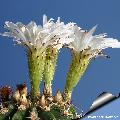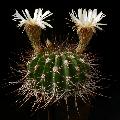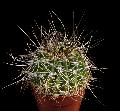Donate now to support the LLIFLE projects.
Your support is critical to our success.
Your support is critical to our success.
Acanthocalycium spiniflorum subs. peitscheranum
Ashingtonia 1(10): 116, as 'Peitscherianum'. without basionym ref. 1975
Family: CACTACEAE
Ashingtonia 1(10): 116, as 'Peitscherianum'. without basionym ref. 1975
Family: CACTACEAE
= Acanthocalycium peitscherianum Backeb. in Backeb. & F.M.Knuth
Kaktus-ABC [Backeb. & Knuth] 225, 412. 1936 [12 Feb 1936] Backeb., F.M.Knuth
Accepted Scientific Name: Acanthocalycium klimpelianum (Weidlich & Werderm.) Backeb. in Backeb. & F.M.Knuth
Kaktus-ABC [Backeb. & Knuth] 225. 1936 [12 Feb 1936] Backeb., F.M.Knuth
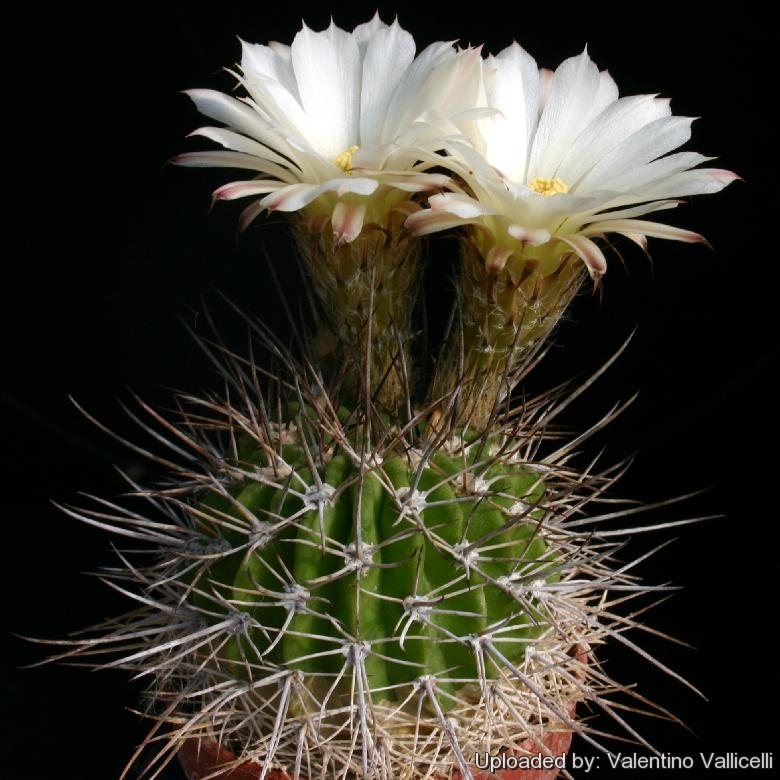
Acanthocalycium spiniflorum subs. peitscheranum (Acanthocalycium peitscherianum) Photo by: Valentino Vallicelli
Synonyms:
- Acanthocalycium peitscherianum Backeb. in Backeb. & F.M.Knuth
- Acanthocalycium spiniflorum subs. peitscheranum (Backeb.) Donald
- Echinopsis peitscherana (Backeb.) Friedrich & G.D.Rowley
- Lobivia spiniflora var. peitscheriana (Backeb.) Rausch
See all synonyms of Acanthocalycium klimpelianum
back
Accepted name in llifle Database:Acanthocalycium klimpelianum (Weidlich & Werderm.) Backeb. in Backeb. & F.M.Knuth
Kaktus-ABC [Backeb. & Knuth] 225. 1936 [12 Feb 1936]
Synonymy: 12
- Acanthocalycium klimpelianum (Weidlich & Werderm.) Backeb. in Backeb. & F.M.Knuth
- Acanthocalycium spiniflorum var. klimpelianum (Weidlich & Werderm.) Donald
- Acanthocalycium spiniflorum f. klimpelianum (Weidlich & Werderm.) Donald
- Echinopsis klimpeliana Weidlich & Werderm.
- Lobivia klimpeliana (Weidlich & Werderm.) A.Berger
- Lobivia spiniflora var. klimpeliana (Weidlich & Werderm.) Rausch
- Acanthocalycium klimpelianum var. macranthum (Rausch) J.G.Lamb.
- Acanthocalycium peitscherianum Backeb. in Backeb. & F.M.Knuth
- Acanthocalycium spiniflorum subs. peitscheranum (Backeb.) Donald
- Echinopsis peitscherana (Backeb.) Friedrich & G.D.Rowley
- Lobivia spiniflora var. peitscheriana (Backeb.) Rausch
back
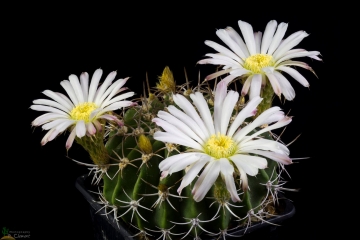
Acanthocalycium spiniflorum subs. peitscheranum (Acanthocalycium peitscherianum) Photo by: Peiffer Clement
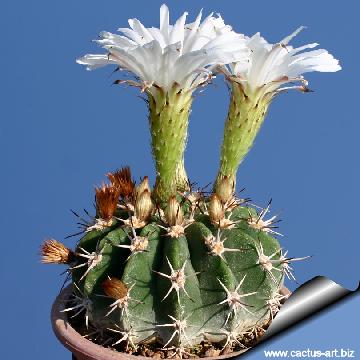
Acanthocalycium spiniflorum subs. peitscheranum (Acanthocalycium peitscherianum) Photo by: Cactus Art
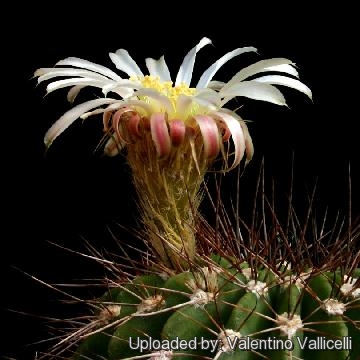
Acanthocalycium spiniflorum subs. peitscheranum (Acanthocalycium peitscherianum) Photo by: Valentino Vallicelli
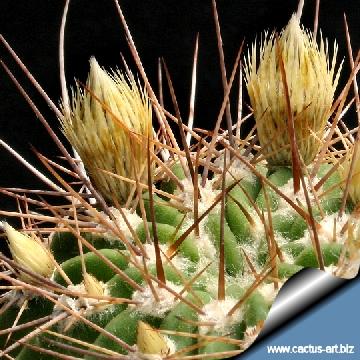
Acanthocalycium spiniflorum subs. peitscheranum (Acanthocalycium peitscherianum) Photo by: Cactus Art
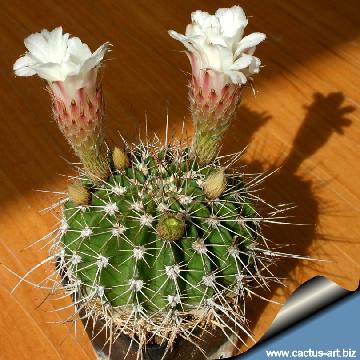
Acanthocalycium spiniflorum subs. peitscheranum (Acanthocalycium peitscherianum) Photo by: Cactus Art

Acanthocalycium spiniflorum subs. peitscheranum (Acanthocalycium peitscherianum) Photo by: Cactus Art
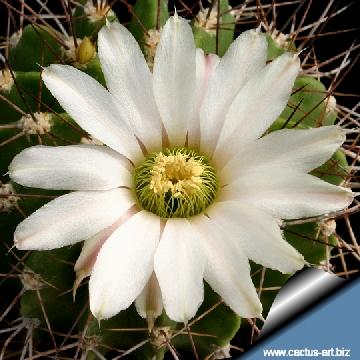
Acanthocalycium spiniflorum subs. peitscheranum (Acanthocalycium peitscherianum) Photo by: Cactus Art
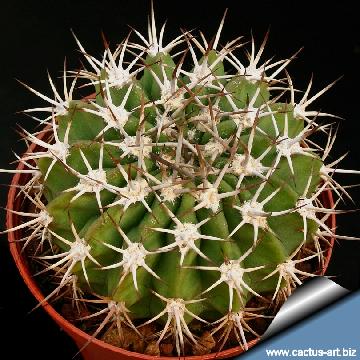
Acanthocalycium spiniflorum subs. peitscheranum (Acanthocalycium peitscherianum) Photo by: Cactus Art
| Your Actions | |
|---|---|
| Back to Acanthocalycium index | |
| Back to Cactaceae index | |
 |
Back to Cacti Encyclopedia index |









